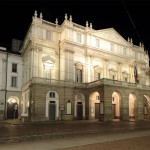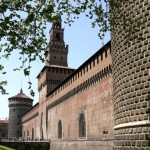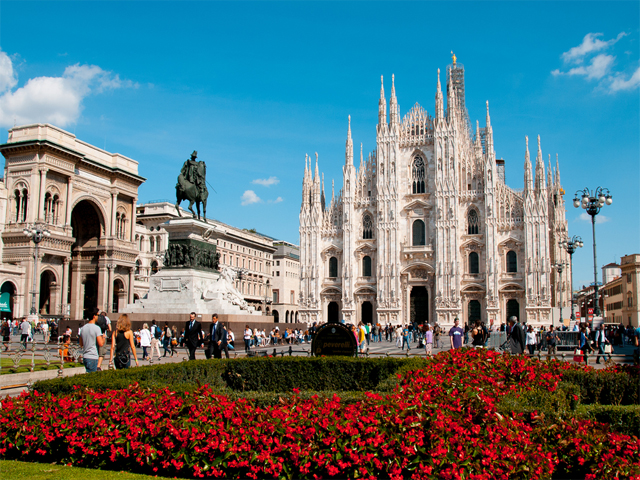
So you’ve finally booked your tickets and made your reservations, and you’re on your way to Italy at last! Your much-deserved vacation is finally on the horizon, and on your itinerary is highlighted, the word “Milan”. You’re headed to Italy’s commercial and financial center, which also happens to be one of the world’s leading fashion and design capitals… but in a place that’s practically brimming with attractions, what exactly do you do when you get there? Where do you go?
We know that you must be very excited on embarking on this new adventure, so we’ve prepared a two-part guide to help you get started! In this installment of our Ultimate Guide to Touring Milan, we’re going to talk about the cultural side of this wondrous city, and try to help you make the most of your trip, particularly if you want to get a taste of Milan’s beauty and history. Think of it as us helping you get your bearings as you learn the lay of the land.
We’ll start out with Castello Sforzesco which was built in the 15th century by the Duke of Milan at the time, Francesco Sforza, under whose administration, Milan flourished and became a center of Renaissance learning and culture. Today, this castle serves as home to a number of the city’s art collections and museums. These include the Pinacoteca del Castello Sforzesco that boasts of a collection from a number of artists that include names such as Andrea Mantegna, Canaletto, Tiepolo, Vincenzo Foppa, Tiziano Vecellio, and Tintoretto. The castle also houses Milan’s Museum of Ancient Art that features Michelangelo’s sculpture, the Rondanini Pietà, as well as a Museum of Musical Instruments, an Egyptian Museum, an Antique Furniture & Wooden Sculpture Museum, as well as the Achille Bertarelli Print Collection. It also houses the Trivulziana Library which holds Leonardo da Vinci’s ‘Codex Trivulzianus’ manuscript.
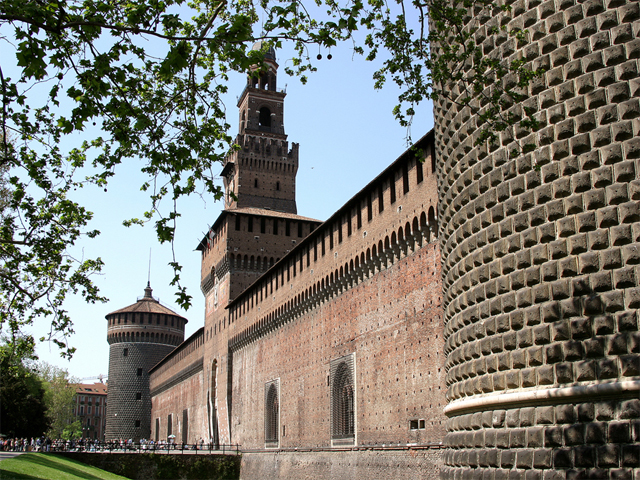
Next up would be the Duomo di Milano, which is the fifth largest cathedral in the world. An impressive gothic structure that began construction in 1386 and took six centuries to complete, housed under its soaring arches are three magnificent altars by the 15th century artist Pellegrino Pellegrini, a number of notable carved sarcophagi containing the remains of archbishops and patrons, a nail which is said to be taken from the crucifixion of Christ, and Italy’s largest pipe organ. Beautiful sculptures, paintings and murals can also be found in almost every nook and cranny of the cathedral, and for a small fee, tourists can also visit the roof of the cathedral which allows visitors to have a more close-up view of the beautiful sculptures which would otherwise be unappreciated at ground level.
Another point of interest would be the church of Santa Maria delle Grazie. A Dominican convent which has been declared as a UNESCO heritage site, it is known for housing the murals The Last Supper by Leonardo da Vinci, and Crucifixion by Giovanni Donato da Montorfano.
For those who enjoy archaeology, try visiting the Colonne di San Lorenzo which is the best-known Roman ruin in Milan. Among the columns also rests a marble tablet which contains an inscription of the emperor Lucius Verus who served as co-emperor along with Marcus Aurelius from the year 161 to 169.
Another must-see spot for archeology buffs would be the Parco delle Basiliche (or “Basilicas Park”), so named as it connects two major basilicas, the Basilica of San Lorenzo and the Basilica of Sant’Eustorgio, which sit at opposite ends of the park. Both basilicas trace their origins as far back as the medieval era, and both are impressive examples of renaissance architecture.
The Basilica of San Lorenzo also features beautiful mosaics from the 4th century, as well as a 17th century reliquary ark dedicated to Saint Aquilino that was crafted by Carlo Garavaglia. Meanwhile, the Basilica of Sant’Eustorgio has long served as an important stop to pilgrims as it was said to contain the tombs of the three magi who visited Christ when he was born in Bethlehem.
It also houses the tomb of Saint Peter of Verona, a magnificent marble bass-relief structure created by the 12th century sculptor Giovanni di Balduccio, as well as gorgeous Renaissance period frescoes by the painter Vincenzo Foppa. As you cross the park to get from one basilica to the other, we recommend taking the time to also appreciate the Roman ruins in the area.
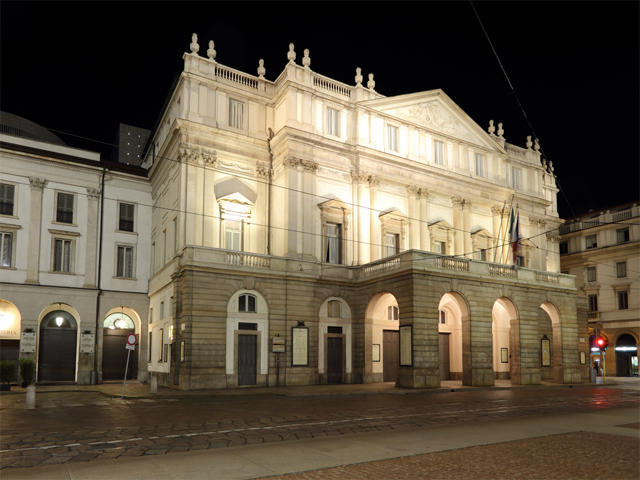
After your whirlwind tour of cathedrals, archaeological sites, and museums, it might be time to take a nice, leisurely (and totally romantic!) evening walk along the Passeggiata dei Navigli. It is a historic canal district that is lined by bars, cafes, bistros, pizzerias, and shops, and come the evening, the area gets busier as the nightlife hours begin.
If you don’t feel like taking a walk, though, and would rather take a seat, have a drink, and have a few laughs (provided you also happen to have a good command of the Italian language), drop by the Zelig Cabaret for a drink or two. The Zelig is a comedy bar known for being the launching point for many of Italy’s great stand-up comedians.
Last but not least, make sure to check your calendar to see if Milan Fashion Week is on, and try to catch a show at the beautiful Teatro alla Scala, or the more casual but equally fun theater, Il Piccolo!

